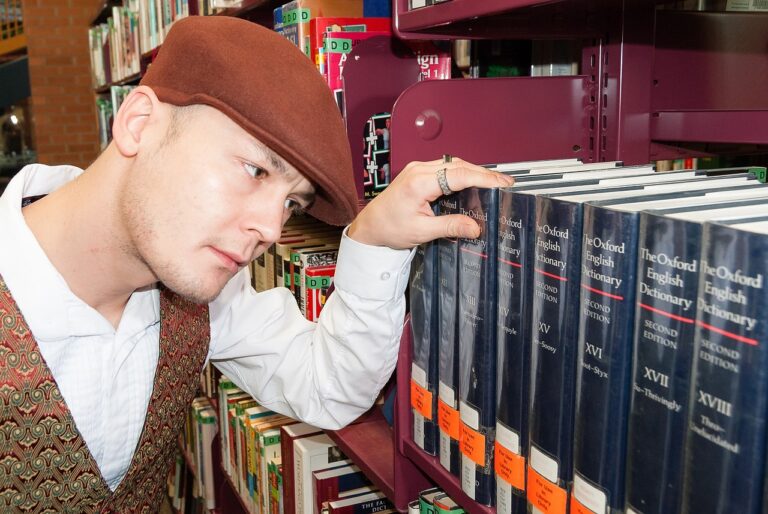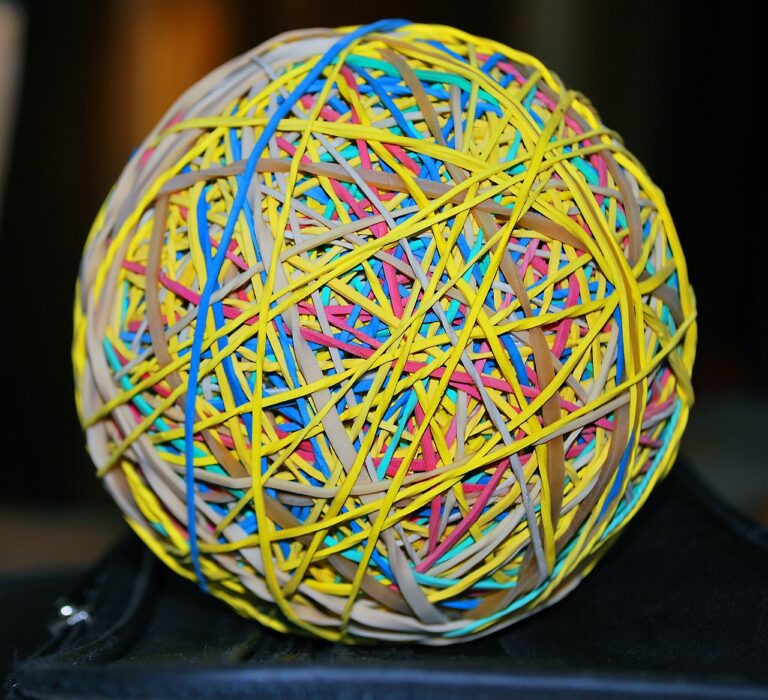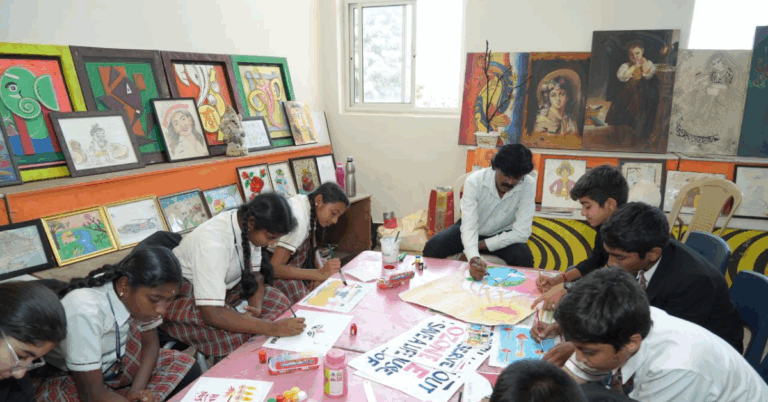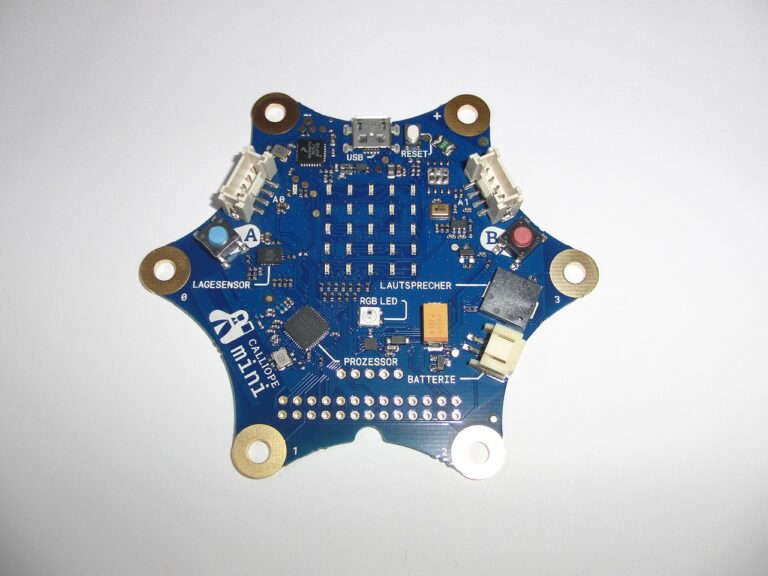Redesigning Assessments for Real-World Application
Traditional assessments have long been a standard practice in educational settings, often relying heavily on multiple-choice questions or short answer formats. However, one of the main challenges with these assessments is their limited ability to provide a comprehensive understanding of a student’s knowledge and skills. Such assessments tend to focus on rote memorization and regurgitation of information, rather than critical thinking and problem-solving abilities.
Moreover, traditional assessments can create an environment where students feel pressured to perform well on exams rather than truly understanding and applying the material. This can lead to surface-level learning and a lack of retention of information beyond the exam period. Additionally, traditional assessments may not cater to different learning styles and abilities, potentially disadvantaging certain students in demonstrating their true potential and understanding of the subject matter.
The Importance of Real-World Application
Real-world application of knowledge is fundamental for comprehensive learning experiences. When learners can connect theoretical concepts to real-life situations, they gain a deeper understanding of the subject matter. By applying what they’ve learned in practical scenarios, individuals can see the relevance and significance of the information they have acquired, leading to better retention and mastery of the material.
Furthermore, real-world application promotes critical thinking and problem-solving skills. When students are faced with authentic challenges where they must apply their knowledge to find solutions, they develop the ability to analyze situations, think creatively, and make informed decisions. This hands-on approach not only enhances their understanding of the subject but also prepares them for the complexities of the real world where they will need to apply their knowledge and skills in various contexts.
Why are traditional assessments not always effective?
Traditional assessments often focus on memorization and regurgitation of information, rather than application of knowledge to real-world scenarios. This can lead to limited understanding and retention of the material.
How can incorporating real-world application improve learning outcomes?
By applying knowledge to real-world situations, students are able to see the practical relevance of what they are learning. This can lead to deeper understanding, increased retention, and better preparation for future challenges.
What are some examples of real-world application in education?
Real-world application can involve tasks such as solving real-world problems, conducting experiments, completing hands-on projects, or participating in internships or work experiences related to the subject matter.
How can teachers incorporate real-world application into their curriculum?
Teachers can integrate real-world application by including relevant examples, case studies, and projects in their lesson plans. They can also encourage students to use critical thinking skills to apply what they have learned to practical situations.
What are some challenges teachers may face when trying to incorporate real-world application into their teaching?
Some challenges teachers may face include limited resources, time constraints, and lack of support or training in implementing real-world application strategies. However, with creativity and dedication, these obstacles can be overcome.






